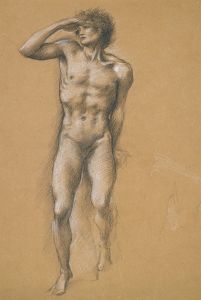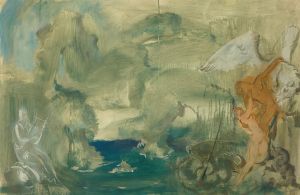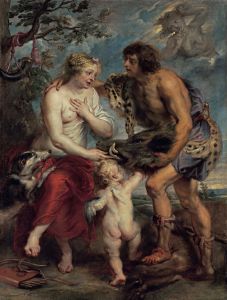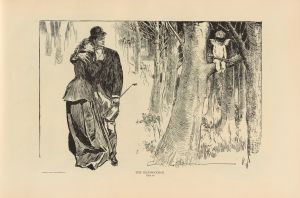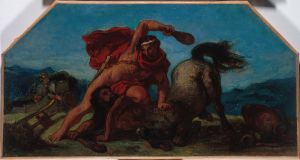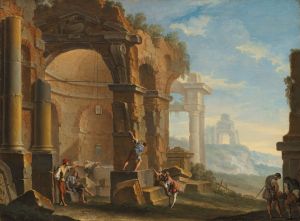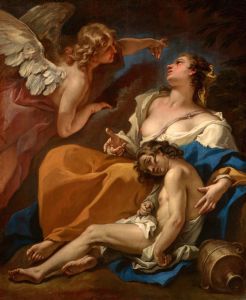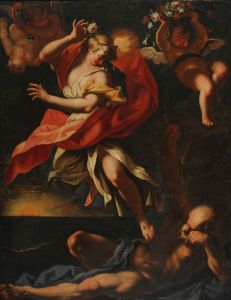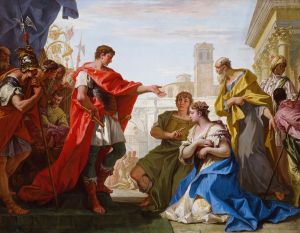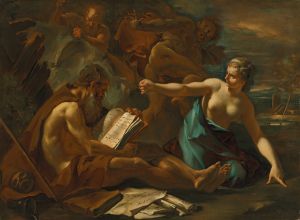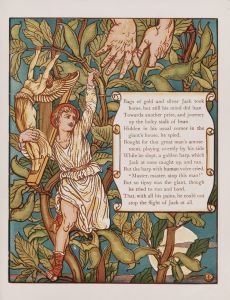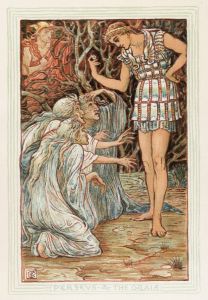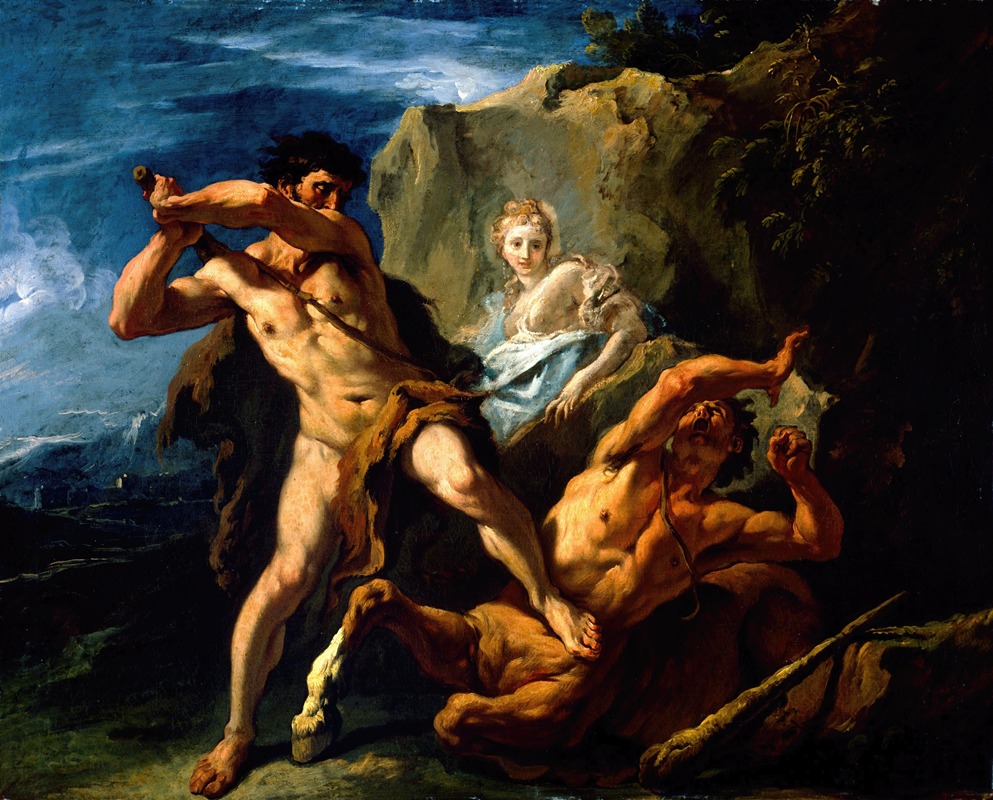
Hercules Killing the Centaur Nessus
A hand-painted replica of Sebastiano Ricci’s masterpiece Hercules Killing the Centaur Nessus, meticulously crafted by professional artists to capture the true essence of the original. Each piece is created with museum-quality canvas and rare mineral pigments, carefully painted by experienced artists with delicate brushstrokes and rich, layered colors to perfectly recreate the texture of the original artwork. Unlike machine-printed reproductions, this hand-painted version brings the painting to life, infused with the artist’s emotions and skill in every stroke. Whether for personal collection or home decoration, it instantly elevates the artistic atmosphere of any space.
Sebastiano Ricci was an Italian painter of the late Baroque period, known for his vibrant use of color and dynamic compositions. One of his notable works is "Hercules Killing the Centaur Nessus," which depicts a dramatic moment from Greek mythology. This painting captures the story of Hercules, the legendary hero, and Nessus, a centaur who plays a pivotal role in the myth surrounding Hercules' eventual demise.
The mythological narrative behind the painting involves Hercules and his wife, Deianira. As the story goes, Hercules and Deianira needed to cross a river, and Nessus offered to help by carrying Deianira across while Hercules swam. However, Nessus attempted to abduct Deianira, prompting Hercules to shoot him with a poisoned arrow. As Nessus lay dying, he deceitfully told Deianira that his blood, if used as a potion, would ensure Hercules' fidelity. This deception ultimately led to Hercules' tragic end, as Deianira later used the blood-soaked garment, which caused Hercules immense pain and led to his death.
Ricci's painting captures the intense moment of conflict between Hercules and Nessus. The composition is dynamic, with Hercules depicted in a powerful stance, emphasizing his strength and heroism. The use of color and light in the painting highlights the tension and drama of the scene, a characteristic feature of Ricci's style. The figures are rendered with a sense of movement and energy, typical of the Baroque period's emphasis on emotion and action.
Sebastiano Ricci was born in Belluno, Italy, in 1659, and he became one of the leading painters of his time, working in various Italian cities and across Europe. His work is characterized by its lively compositions and vibrant palette, influenced by the Venetian tradition. Ricci's career included commissions for churches, palaces, and private patrons, and he was known for his ability to convey complex narratives through his art.
"Hercules Killing the Centaur Nessus" reflects Ricci's mastery of mythological subjects, a popular theme in Baroque art. The painting not only showcases Ricci's technical skill but also his ability to convey the emotional intensity of the myth. This work is part of a broader tradition of depicting Hercules in art, a subject that has fascinated artists for centuries due to its rich narrative and the hero's embodiment of strength and virtue.
Ricci's contribution to the Baroque movement is significant, as he helped transition from the more restrained classical style to a more expressive and dynamic approach. His works are housed in various museums and collections, and they continue to be studied for their artistic and historical value. "Hercules Killing the Centaur Nessus" is an example of Ricci's ability to blend narrative, emotion, and technical prowess, making it a noteworthy piece in the canon of Baroque art.





